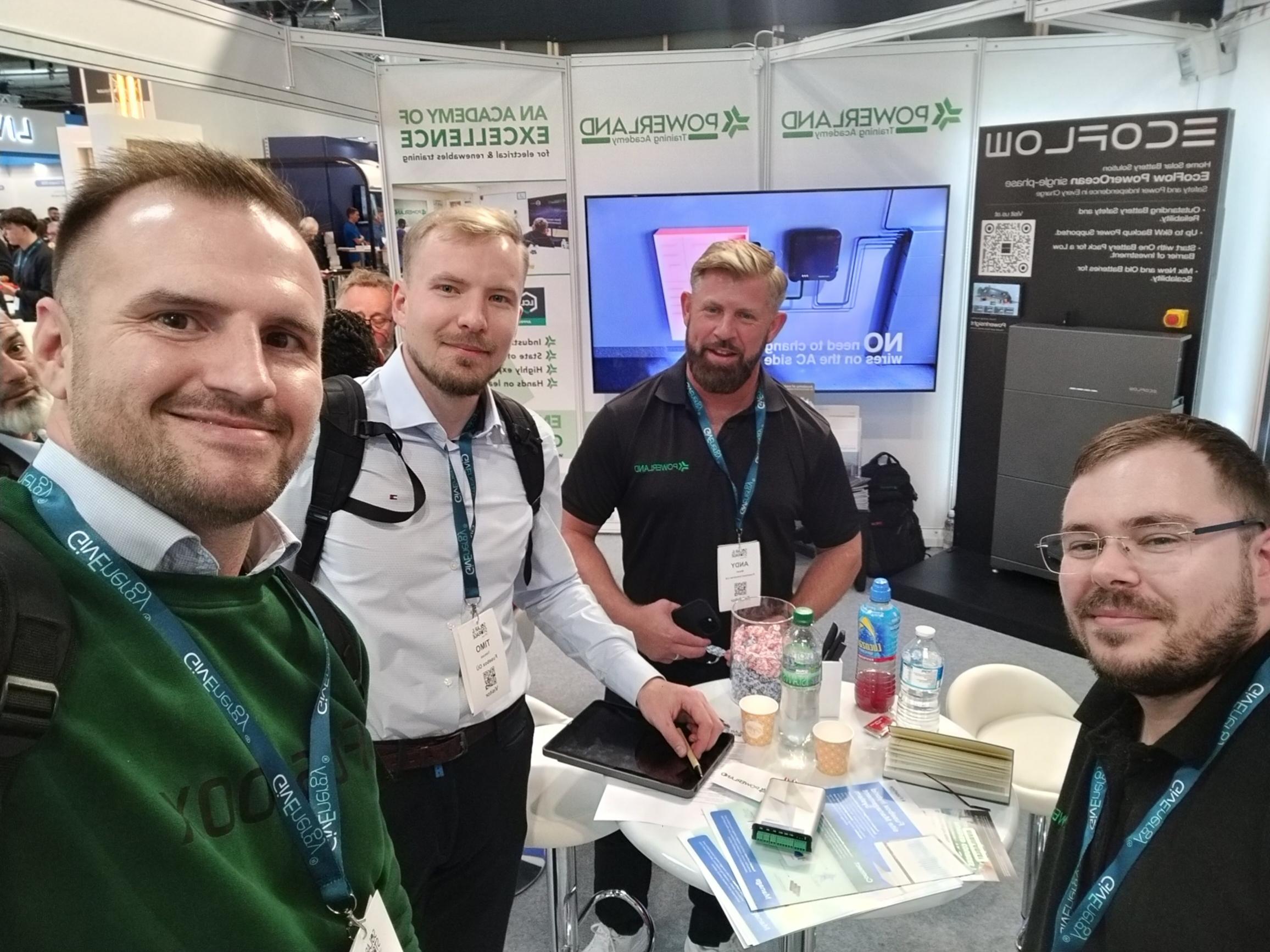Last week, Timo Tolmusk and Raido Seppam from Fusebox attended the Solar & Storage UK trade show. The event was packed with industry players—installers, OEMs, and EPCs—all discussing the future of solar PV and battery storage. Timo and Raido had some great conversations, learning about where the market is headed and what companies are struggling with. But more importantly, they explored how Fusebox can help businesses get ahead of the curve.
The Growing Gap in the Market
One thing became clear from the event: there’s a significant gap between what asset owners need and what suppliers currently offer. When investing in new PV or battery energy storage systems (BESS), owners are seeking more than just hardware. They want turnkey solutions—a comprehensive package that handles everything, from installation to advanced software that seamlessly integrates the system’s production, storage, and consumption, all while connecting it to the energy market. This holistic approach is key to managing complex hybrid setups efficiently.
Here’s where the opportunity lies. Most installers and OEMs are stuck in their niche—either focused on providing hardware or installation, but rarely both, and certainly not the whole package. Many are struggling to offer that comprehensive solution, and without it, they struggle to stand out from competitors. And let’s face it, if you’re offering a similar setup as your competitor, there’s a good chance the client will pick the cheaper option. Timo and Raido saw this as a key pain point in the market.
Scalability Is Tough
Another big challenge is scalability. Setting up a single site for PV and BESS is relatively straightforward, but when you’re dealing with multiple sites, things get tricky. Scaling across 10 or more sites requires robust management systems, which many providers aren’t prepared for. This is where Fusebox’s expertise comes in, offering a solution that simplifies managing assets across various locations.
The UK’s Current Focus: Maximize Self-Consumption
In the UK, most PV systems are used for self-consumption, meaning they’re designed to meet the energy needs of the owner rather than sell power to the grid. Batteries play a key role here, allowing owners to store and use solar power more flexibly. However, as Timo and Raido noted, the market is missing out on some bigger opportunities.
In other markets, PV and BESS owners have access to tools that help them generate extra revenue by participating in energy arbitrage—buying and selling energy when it’s most profitable. But the UK’s tariff-based pricing, which locks in rates, makes it financially less attractive to sell power back to the grid. Many companies are missing out on this potential revenue stream.
A clear example of this is how Fusebox manages a battery system that charges and discharges using two markets: the mFRR and day-ahead markets. By leveraging both markets, we can take advantage of larger price differences, maximizing profits through more flexible and strategic energy trading.
The Future: Dynamic Pricing and Flexibility
That’s all about to change. Ofgem, the UK’s energy regulator, is rolling out dynamic pricing, expected to be fully integrated by 2025. This system will offer hourly-based pricing, allowing PV and BESS owners to manage and trade energy much more flexibly. This opens the door for energy arbitrage and more dynamic market participation. The big question is: Is the UK market ready?
Can installers, OEMs, and aggregators adapt to this new level of complexity? Timo and Raido believe Fusebox is well-positioned to help. With over a decade of experience managing complex energy systems, Fusebox can help companies fully capitalize on dynamic pricing, connecting assets to the balancing markets and maximizing profitability.
Fusebox: A Decade of Experience
For over 10 years, Fusebox has been at the forefront of energy management, offering advanced Energy Management System (EMS) software that allows asset owners to fully control and optimize their energy consumption, production, and storage. Our EMS provides the tools to manage and adjust assets locally, ensuring maximum efficiency.
For those with larger assets or more complex needs—such as power utilities with diverse portfolios—our Virtual Power Plant (VPP) solution is the next step. The VPP not only connects assets to ancillary markets but also enables centralized management across multiple sites, making it ideal for balancing market participation and broader energy management.
As the UK transitions to dynamic pricing and more flexible energy models, Fusebox is ready to help companies adapt seamlessly and stay competitive.

